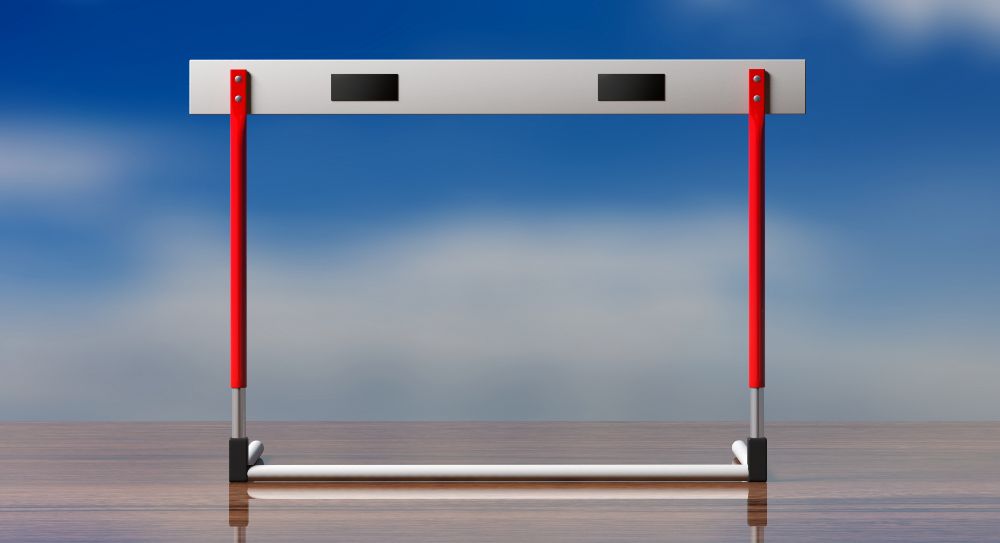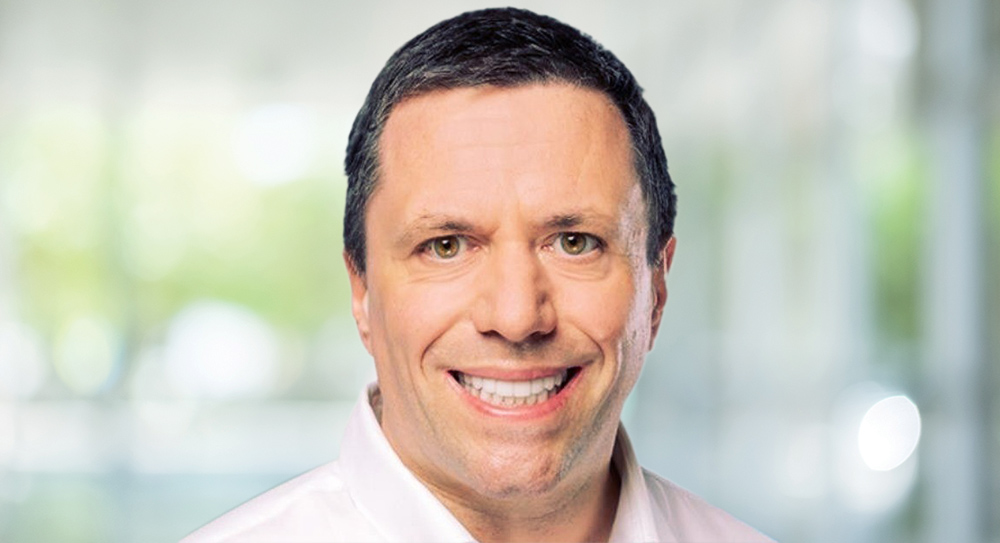Team recharge
As we move into hybrid work models, private equity houses are reporting high levels of fatigue across their teams. What is causing this and what can be done to alleviate it, as well as keep employees motivated?
“As we return to work, I’ve certainly noticed a change in energy,” says Sonia D’Emilio, partner, human capital at Astorg. “While some people are super eager to be back in the office, others are less so because it requires changing your daily habits.
Profile:
Categories: AnalysisHuman CapitalHR / talent managementRecruitmentWellbeing






